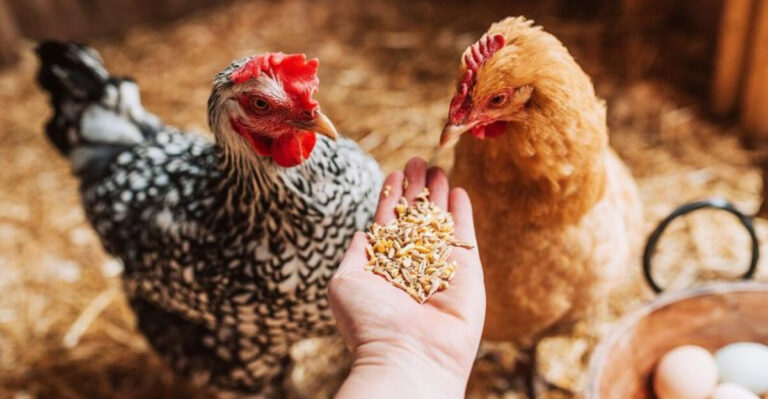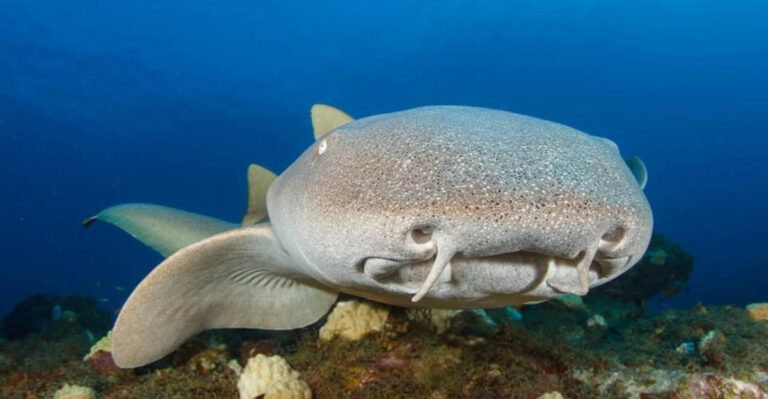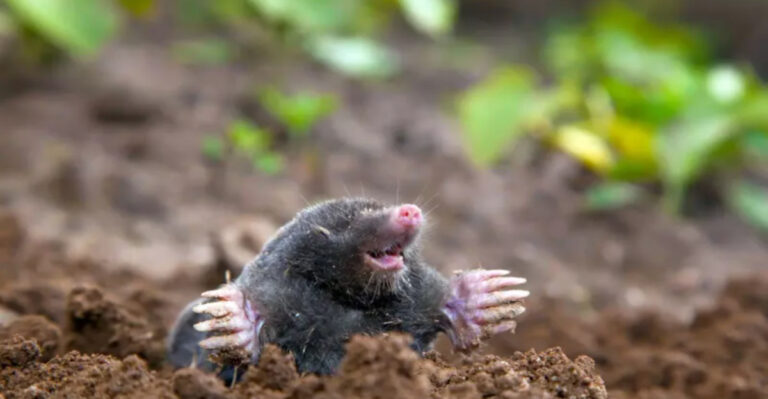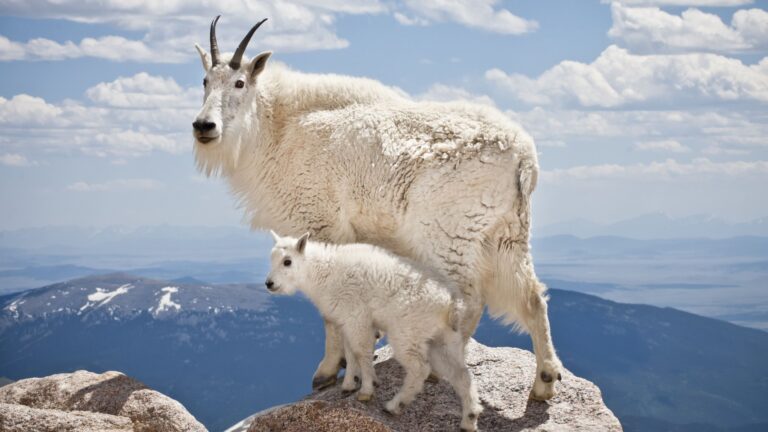The Best Ways You Can Save The Bees And Butterflies
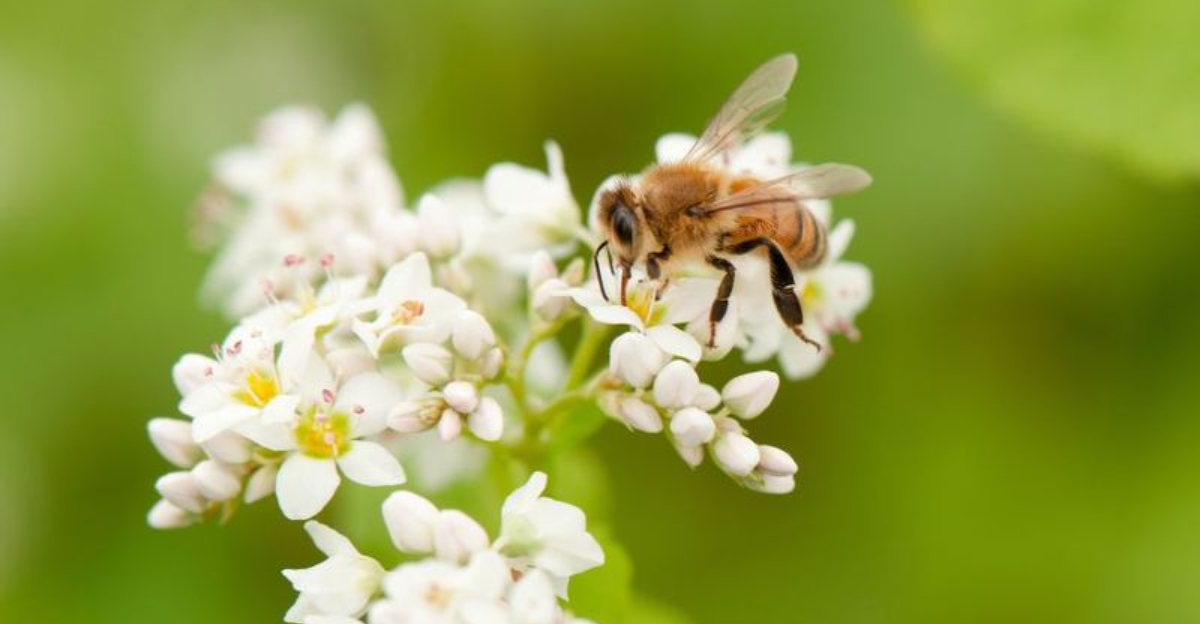
Buzzing bees and fluttering butterflies aren’t just beautiful—they’re essential for our food supply and ecosystem health.
These tiny creatures pollinate about one-third of everything we eat, from juicy strawberries to crunchy almonds. Unfortunately, their populations are declining worldwide due to habitat loss, pesticides, and climate change, but you can make a real difference with some simple actions in your own backyard.
1. Plant Native Flowering Species
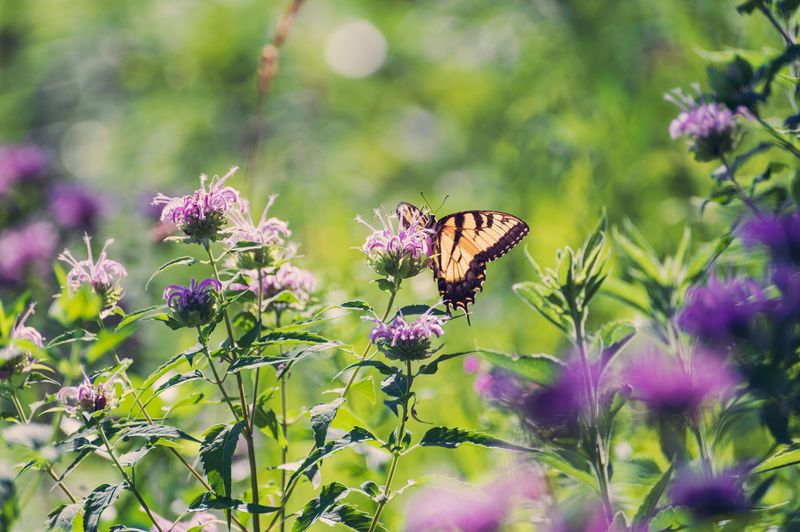
Local wildflowers offer exactly what your neighborhood pollinators need to thrive. Unlike exotic plants, native species provide the right nectar, pollen, and shelter that bees and butterflies have evolved alongside for thousands of years.
Look for plants like coneflowers, milkweed, and black-eyed Susans that bloom at different times, creating a season-long buffet for hungry visitors.
2. Ditch The Chemicals
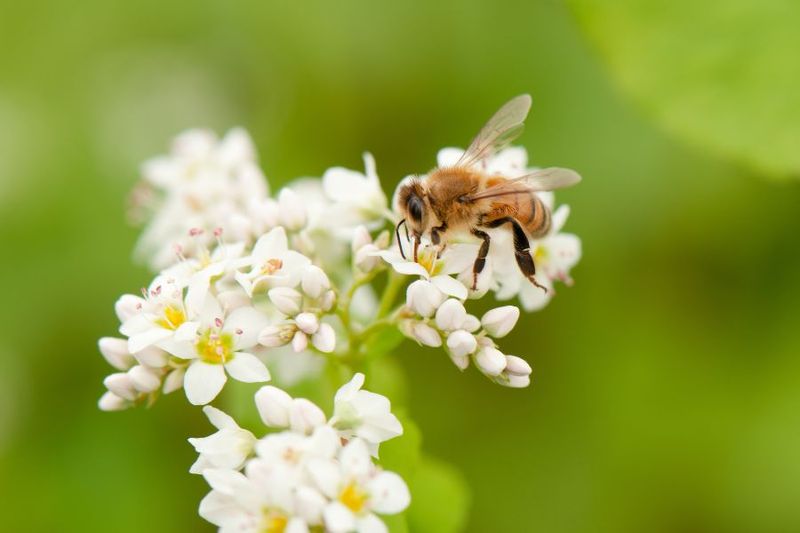
Garden pesticides don’t discriminate between pests and pollinators. Even products labeled “organic” can harm beneficial insects if used incorrectly.
Switch to natural pest control methods like companion planting, physical barriers, or introducing beneficial predators. Your garden might look a little less perfect, but the buzzing activity will more than make up for it!
3. Create A Bee Bath
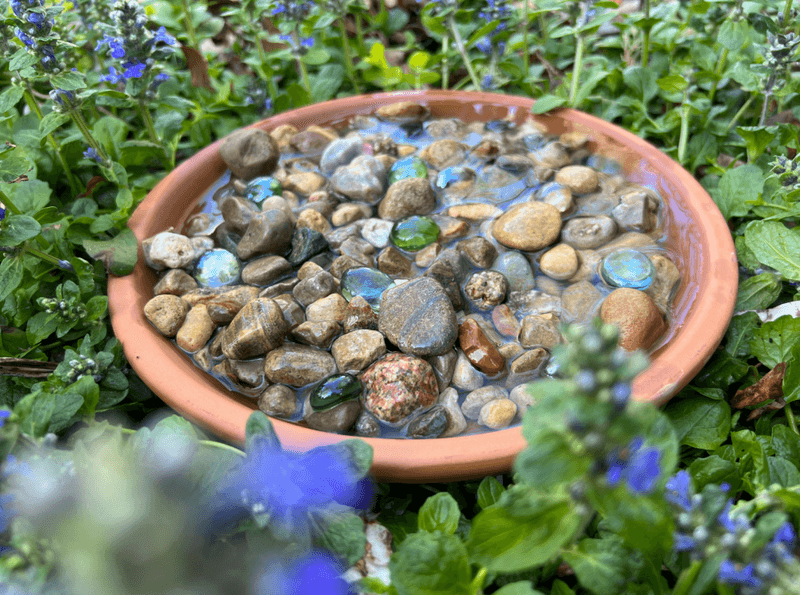
Bees and butterflies get thirsty too! Fill a shallow dish with water and add pebbles or marbles that stick up above the water line.
These landing spots give pollinators safe places to perch while they drink without drowning. Place your bee bath in a shady spot and remember to refill it regularly during hot weather when water sources are scarce.
4. Build Insect Hotels
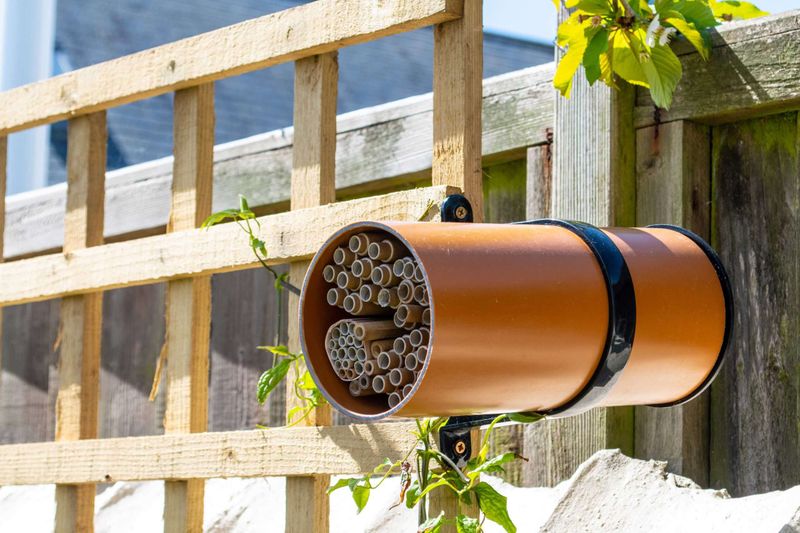
Roll out the red carpet for solitary bees by creating cozy accommodations! Unlike honeybees, most native bees live alone and need hollow stems, small tunnels, or protected cavities to lay their eggs.
Gather bamboo, drilled wood blocks, or bundled hollow stems. Mount your creation in a sunny, east-facing spot protected from rain to attract these super-efficient pollinators to your yard.
5. Leave The Leaves
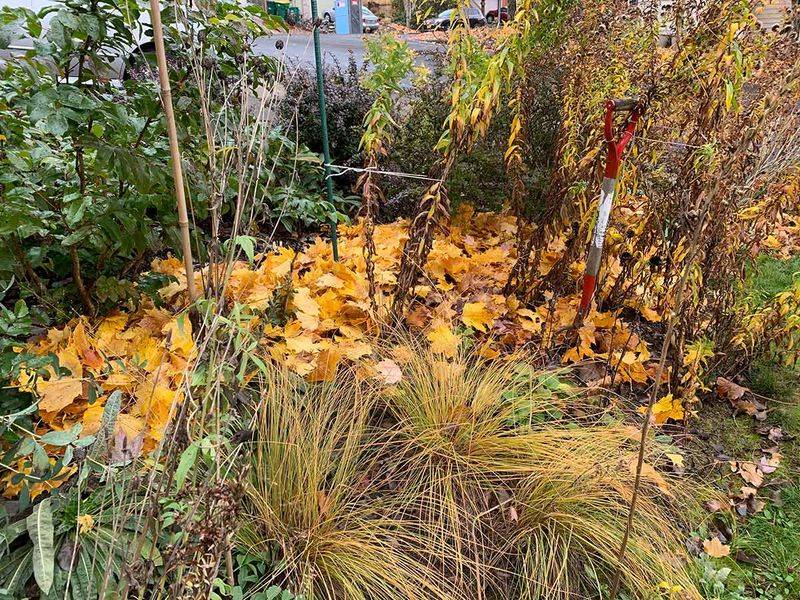
Fall’s colorful carpet serves as winter housing for countless butterfly pupae and beneficial insects. Rather than bagging every leaf, create designated “messy corners” where nature can follow its course.
Rake leaves into garden beds as natural mulch or pile them in out-of-the-way spots. Come spring, you’ll be rewarded with emerging butterflies that overwintered safely in your yard!
6. Grow Butterfly Host Plants
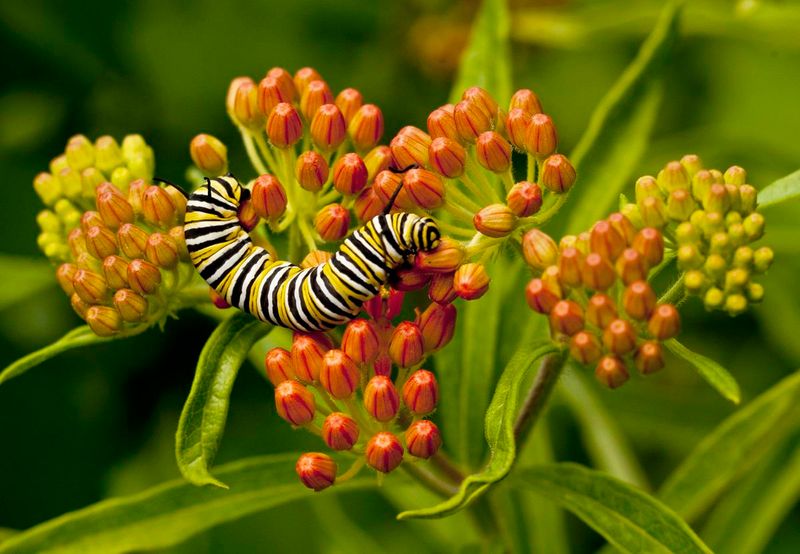
Butterflies need more than just nectar—they need specific plants to lay their eggs on. Monarch caterpillars famously munch exclusively on milkweed, while swallowtails prefer parsley and dill.
Research which butterflies are native to your region and plant their preferred host plants. You’ll not only attract adult butterflies but support their entire life cycle right in your garden!
7. Create Bare Soil Patches
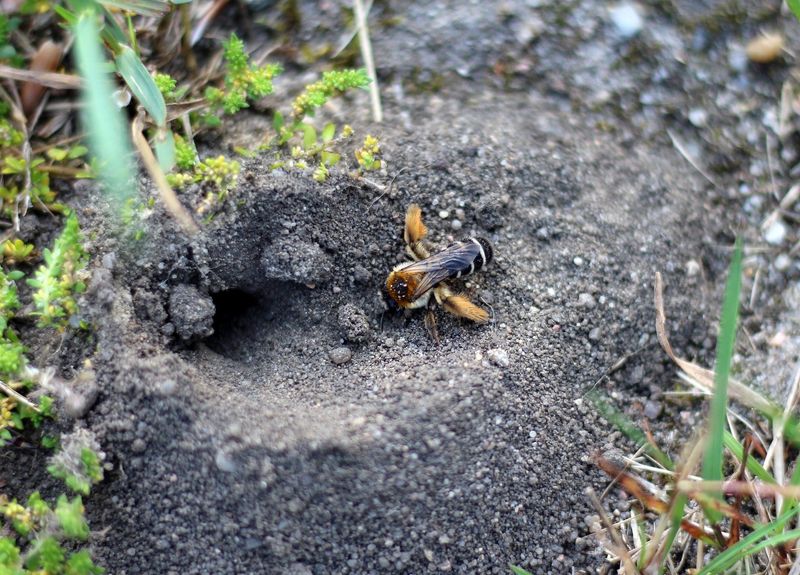
Perfectly manicured lawns are actually pollinator deserts! Many native bees nest underground and need access to bare soil to dig their homes.
Set aside a small sunny patch of earth in your garden where you leave the soil exposed. Aim for a south-facing slope if possible. Keep it weed-free but never treat it with chemicals or mulch.
8. Provide Late-Season Food Sources
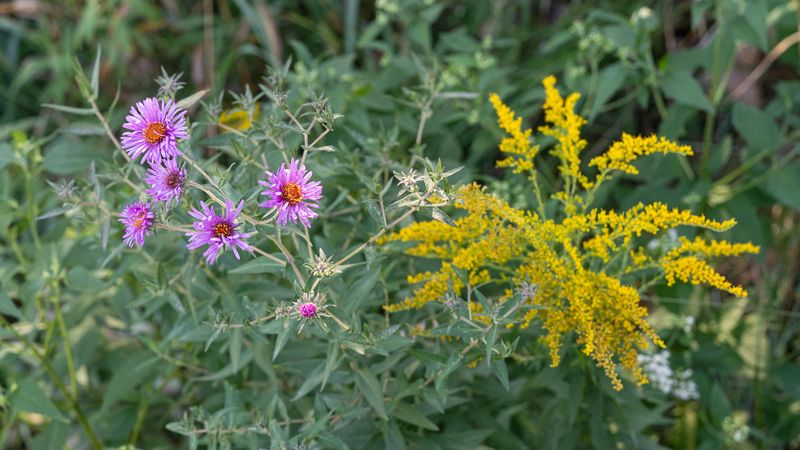
Late-blooming flowers are crucial for bees preparing for winter and butterflies fueling up for migration. Asters, goldenrod, and sedum burst with color when many gardens have faded.
These autumn bloomers provide essential late-season nutrition when food sources become scarce. Plus, their vibrant colors create a spectacular finale to your gardening season while supporting pollinators at a critical time.
9. Mow Less Often
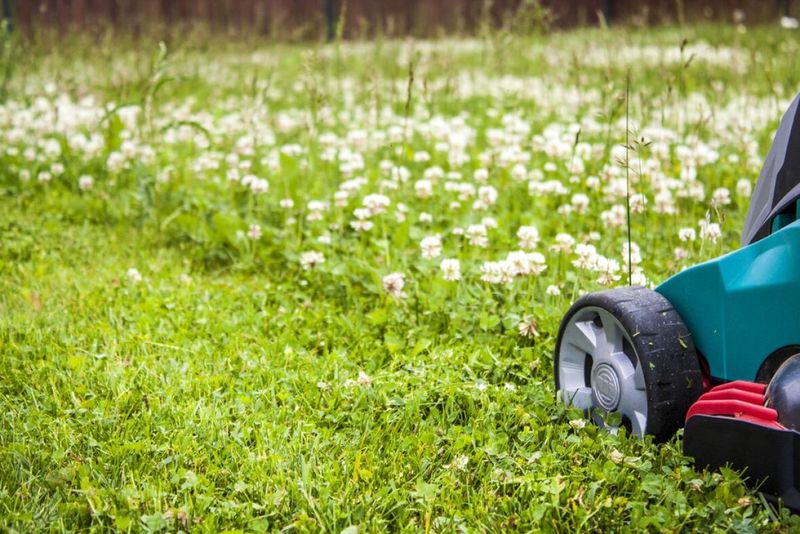
Frequent mowing destroys tiny flowering plants that feed pollinators. Clover, dandelions, and violets—often considered lawn “weeds”—are actually pollinator superfood!
Try raising your mower height and cutting every 2-3 weeks instead of weekly. If neighbors complain, keep a neat border along property lines while letting the middle grow a bit wilder. Your buzzing visitors will thank you!
10. Support Organic Farmers
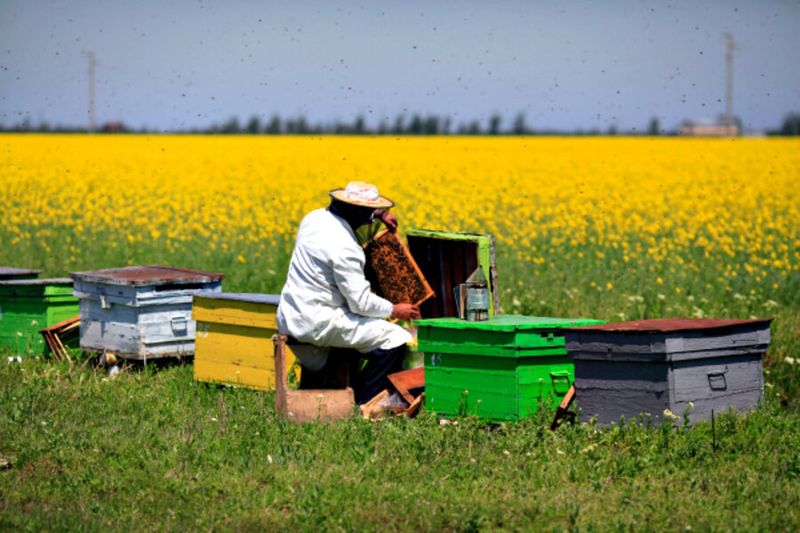
Cast your vote for pollinators with your grocery dollars! Organic farming methods typically use fewer harmful chemicals and maintain more diverse landscapes that benefit bees and butterflies.
Shop at farmers’ markets, join a CSA, or look for certified organic labels at the supermarket. Bonus: you’ll also reduce your own exposure to pesticide residues while supporting environmentally friendly growing practices.
11. Become A Citizen Scientist
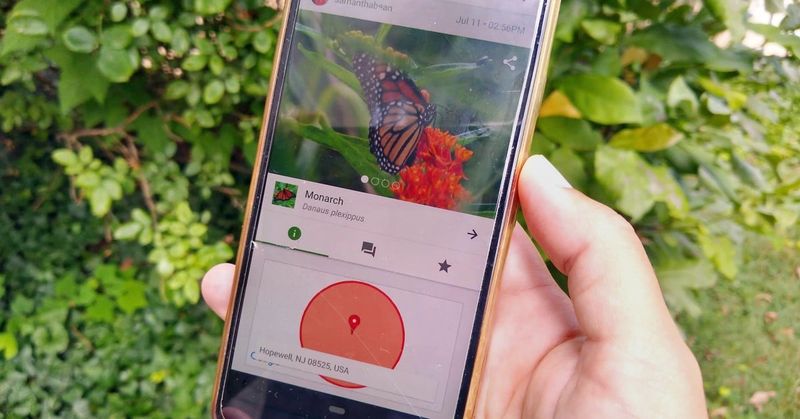
Grab a camera and join the ranks of backyard researchers helping track pollinator populations! Programs like Bumble Bee Watch and Journey North let everyday people contribute valuable data to scientific research.
Snap photos of bees or butterflies in your area and submit them through simple apps. Scientists use this information to monitor species distribution, migration patterns, and population trends across the continent.
12. Add Butterfly Puddling Stations
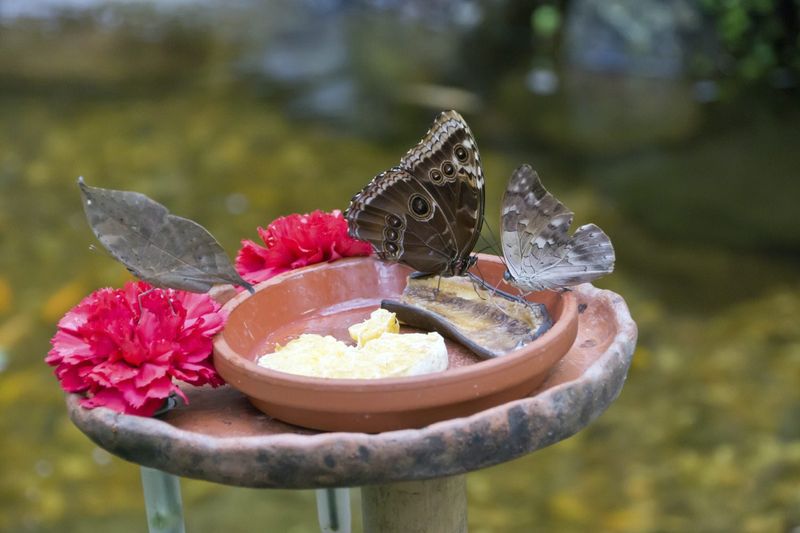
Butterflies need minerals not found in nectar. Males especially seek out damp soil or sand where they can sip dissolved salts and nutrients—a behavior called “puddling.”
Create a butterfly puddling station by filling a shallow dish with sand, adding water until damp (not flooded), and sprinkling in a pinch of sea salt. Place it in a sunny spot near flowering plants to attract colorful visitors.
13. Keep Night Lights Minimal
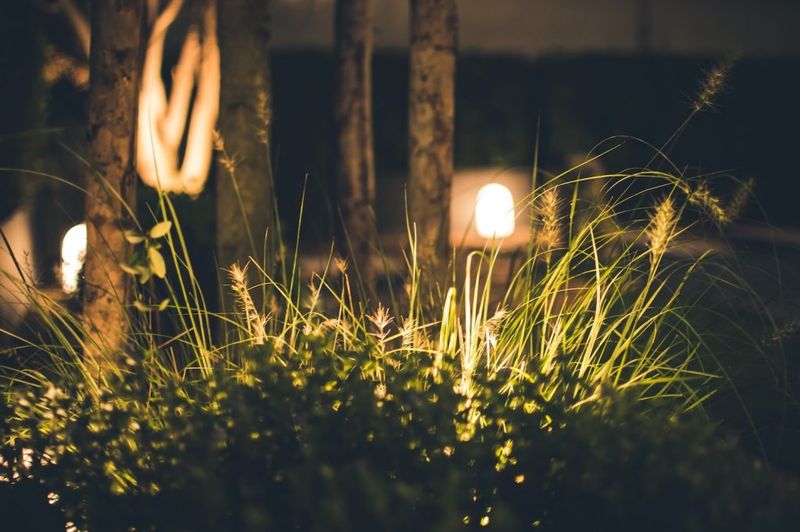
Artificial light disrupts the natural behaviors of nocturnal pollinators like moths, which play crucial but often overlooked roles in plant reproduction. Reduce outdoor lighting when possible, especially during peak activity seasons. If security is a concern, install motion sensors or use amber/red bulbs instead of bright white ones. These warmer colors are less disruptive to insect navigation systems.
14. Spread The Word
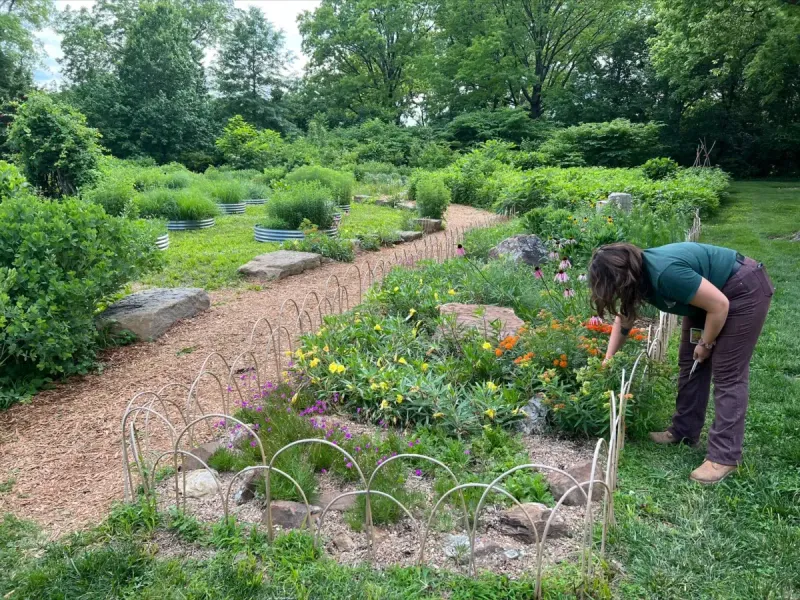
Enthusiasm is contagious! Share your pollinator-friendly practices with neighbors, friends, and family. Offer to split native plants from your garden or host a seed-sharing event in your community.
Post photos of visiting pollinators on social media with educational captions. Small actions multiplied across many yards create wildlife corridors that help bees and butterflies thrive across entire neighborhoods!
15. Advocate For Pollinator Protection
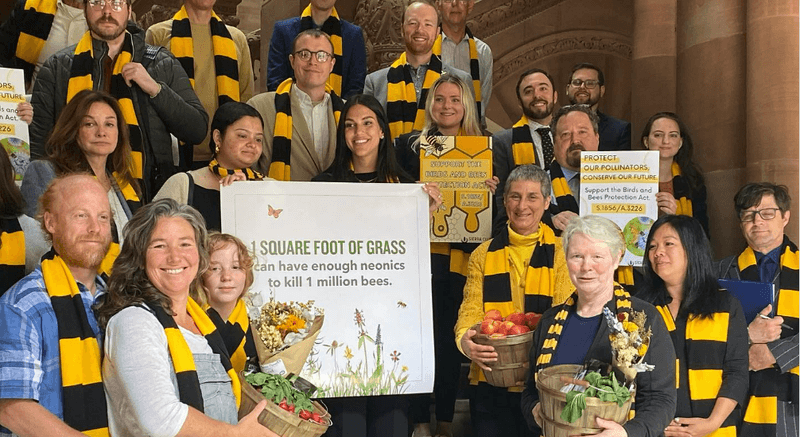
Flex your citizen muscles by speaking up for bee-friendly policies! Contact local representatives about reducing pesticide use in public spaces or creating pollinator habitats in parks. Attend town meetings when landscaping decisions are being made.
Many communities have created pollinator pathways or banned harmful chemicals after citizens voiced their concerns about protecting these essential creatures for future generations.

